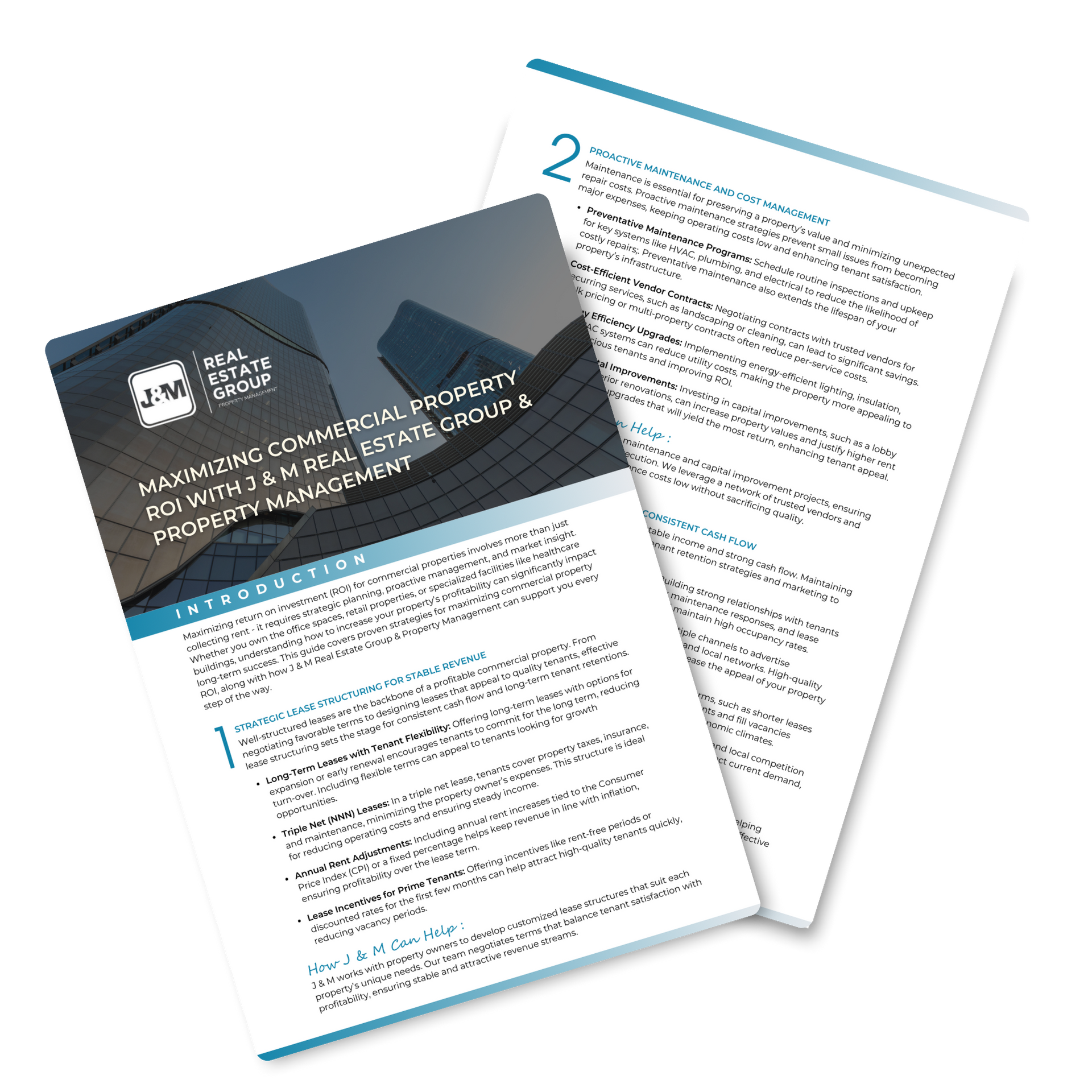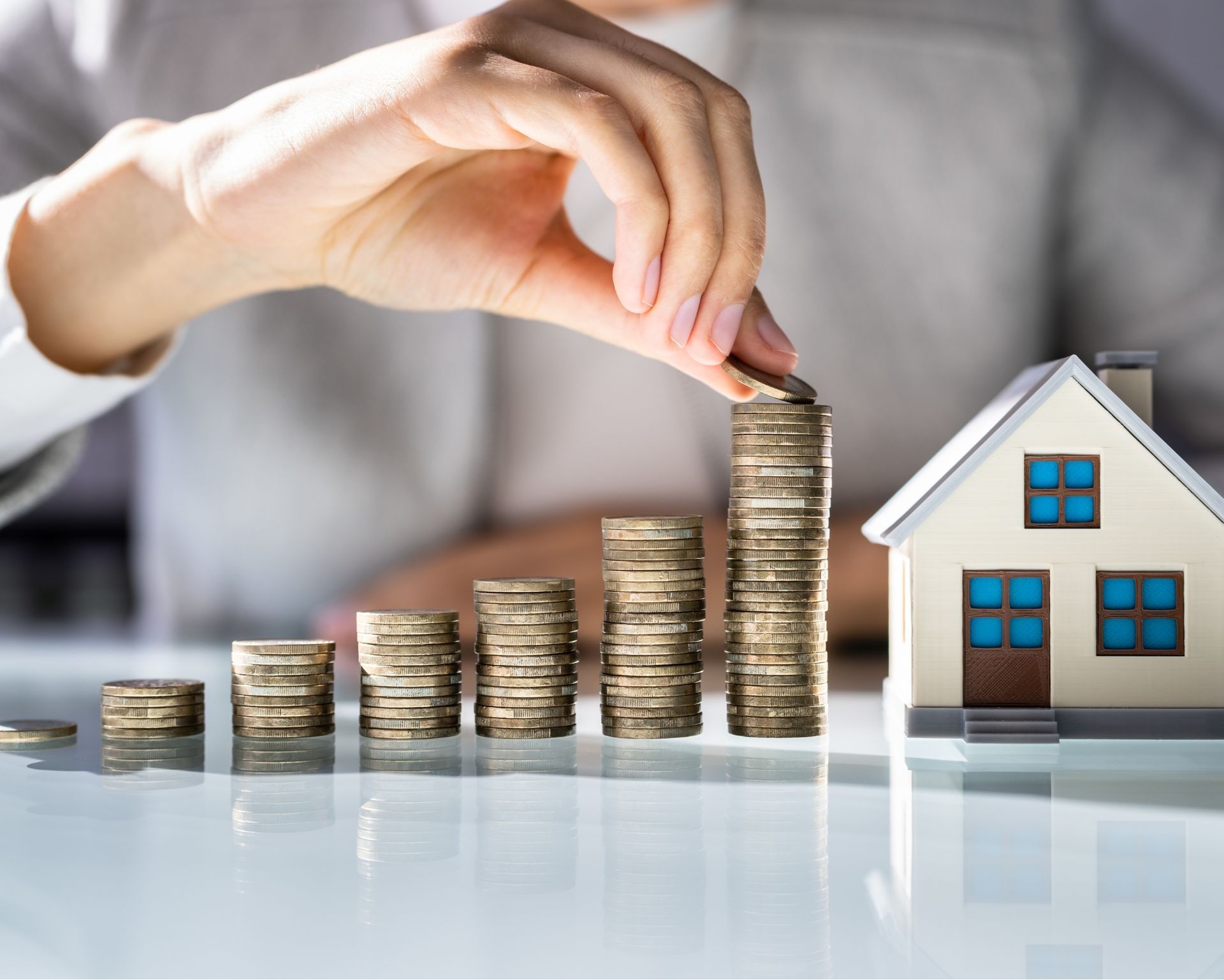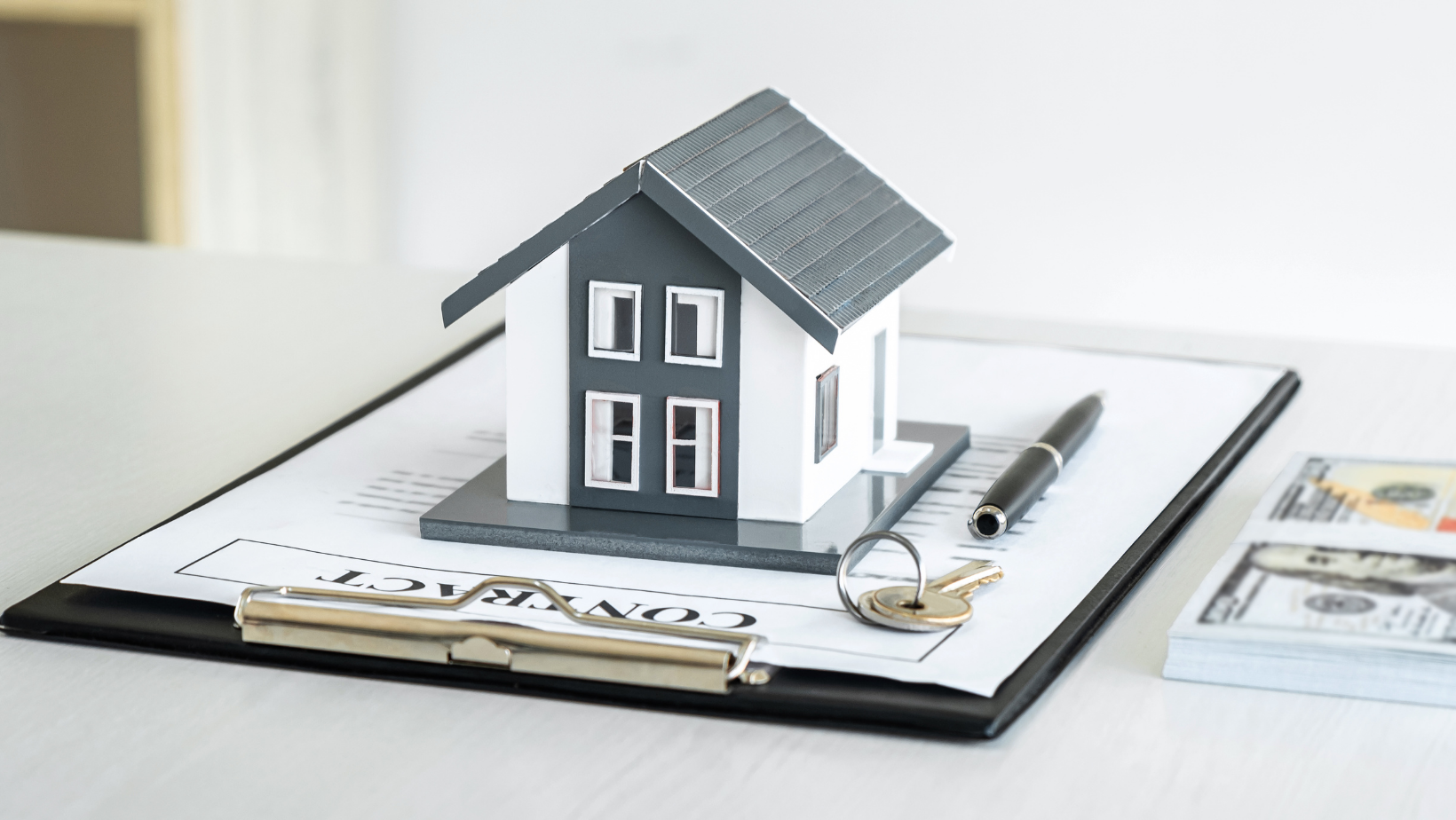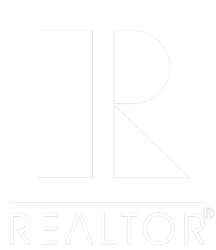Maximizing Commercial Property ROI: Proven Strategies for Commercial Property Owners
Introduction
Owning commercial property can be a profitable venture, but maximizing returns requires strategic planning, market insight, and proactive management. To stay competitive and optimize profitability, commercial property owners need a tailored approach that aligns with market trends, attracts quality tenants, and ensures long-term growth. In this post, we’ll explore effective strategies to increase the return on investment (ROI) for commercial properties, focusing on lease structuring, occupancy optimization, and market positioning.
1. Strategic Lease Structuring
A well-structured lease is essential for maximizing ROI on commercial properties. With the right lease terms, property owners can attract high-quality tenants, ensure consistent income, and mitigate potential risks.
- Long-Term Leases with Flexible Terms: Offering long-term leases provides stability and reduces turnover, which can be costly and disruptive. However, including flexible terms—such as options for expansion or early renewal—can make leases more appealing to tenants and encourage long-term commitment.
- Triple Net (NNN) Leases: Consider using a triple net lease structure, where tenants are responsible for property taxes, insurance, and maintenance costs. NNN leases reduce the property owner’s expenses and increase net operating income (NOI), which directly boosts ROI.
- CPI-Adjusted Rent Increases: Including annual rent adjustments based on the Consumer Price Index (CPI) or a fixed percentage ensures that lease income keeps pace with inflation. This practice stabilizes income over the lease term and protects against rising costs.
- Incentive-Based Rent Structures: Offering tiered rent structures or incentives, such as rent reductions during initial months, can attract tenants to fill vacancies quickly. This approach is especially useful in competitive markets or for newly developed properties.
With strategic lease structuring, property owners can reduce tenant turnover, stabilize revenue, and increase overall profitability.
2. Occupancy Optimization
High occupancy rates are fundamental to maximizing the ROI of a commercial property. An empty space represents lost revenue, so optimizing occupancy is essential to sustaining consistent cash flow and improving property value.
- Targeted Tenant Mix: Creating a balanced mix of tenants from complementary industries can enhance property appeal and reduce vacancy risk. For example, a retail property might include a mix of retail stores, restaurants, and essential services, creating a one-stop destination that draws consistent foot traffic.
- Enhanced Tenant Retention Strategies: Retaining tenants is generally more cost-effective than acquiring new ones. Offering lease renewal incentives, proactive maintenance, and responsive communication helps build strong relationships, reducing turnover and vacancy periods.
- Flexible Space Solutions: As the needs of businesses change, flexible leasing options can be attractive. Consider offering co-working spaces, smaller office suites, or adaptable layouts that allow tenants to scale up or down as needed. This flexibility can attract a broader range of tenants and optimize space utilization.
- Seasonal and Temporary Leasing Options: Offering short-term leases for seasonal or pop-up tenants can help fill vacancies and generate additional revenue. This approach is especially effective for retail properties in high-traffic areas during peak seasons.
Optimizing occupancy through a strategic tenant mix, retention programs, and flexible leasing options not only stabilizes income but also enhances the property’s overall market value.
3. Effective Market Positioning
Strong market positioning is key to attracting tenants, setting competitive rental rates, and establishing a property as a desirable business location.
- Location-Based Value Proposition: Highlight the advantages of your property’s location. Whether it’s easy highway access, proximity to business districts, or foot traffic from neighboring attractions, emphasizing these location benefits can make your property stand out to potential tenants.
- Modern Amenities and Upgrades: Commercial tenants today seek properties that provide more than just functional space. Enhancing the property with modern amenities—such as high-speed internet, energy-efficient lighting, and fitness facilities—can increase demand and justify higher rental rates.
- Energy Efficiency and Green Building Certifications: Sustainability is increasingly important to businesses and consumers alike. Consider eco-friendly upgrades or pursuing certifications like LEED, which can increase property appeal, attract environmentally-conscious tenants, and reduce operating costs.
- Reputation and Branding: Create a strong brand identity for your property by investing in signage, professional landscaping, and consistent branding. A positive reputation and memorable brand can create lasting tenant impressions and attract businesses seeking an established, reputable property.
Effective market positioning enhances property appeal, increases tenant demand, and creates opportunities to charge premium rental rates, directly boosting ROI.
4. Revenue-Boosting Upgrades and Amenities
Adding value to your commercial property through targeted upgrades and amenities can enhance tenant satisfaction, improve marketability, and support higher rent pricing.
- On-Site Services and Amenities: Amenities such as on-site dining, fitness centers, and conference facilities create convenience for tenants and their employees. These additions are especially valuable in larger office spaces, retail centers, and mixed-use properties, helping to increase retention and justify premium pricing.
- Tech-Enhanced Spaces: Consider adding tech-friendly features like smart building systems, high-speed Wi-Fi, and integrated security solutions. Technology-forward properties appeal to modern tenants who prioritize productivity and efficiency.
- Parking and Transportation Access: Ample parking and convenient transportation options are essential, particularly in high-traffic areas. Improving parking facilities or establishing nearby transportation partnerships can be attractive selling points for prospective tenants.
- Community Spaces: Design shared spaces like lobbies, outdoor seating areas, or courtyards to foster a sense of community among tenants. These spaces enhance property appeal, especially in multi-tenant environments, and can be a competitive differentiator.
By investing in amenities that enhance the tenant experience, property owners can boost occupancy rates, reduce turnover, and command higher rental prices, all contributing to increased ROI.
5. Comprehensive Property Management and Maintenance
Well-managed properties attract and retain tenants, reduce unexpected costs, and maintain property value over the long term. Effective property management is critical to maximizing profitability.
- Preventative Maintenance Programs: Regular maintenance checks for systems like HVAC, plumbing, and electrical prevent costly repairs and extend asset lifespan. Preventative maintenance programs also reduce disruptions for tenants, supporting retention.
- Efficient Maintenance Response Systems: Implementing an efficient maintenance response system, ideally through property management software, ensures that tenants’ issues are addressed promptly. A responsive approach to maintenance boosts tenant satisfaction and reduces turnover.
- Regular Property Upgrades and Aesthetic Improvements: Maintaining curb appeal and upgrading the property periodically ensures it remains attractive and competitive. This might include updating the lobby, refreshing exterior paint, or modernizing common areas.
- Hiring a Professional Property Management Team: Partnering with a property management company experienced in commercial properties can simplify operations, maximize tenant satisfaction, and reduce the day-to-day responsibilities for owners.
With effective property management, owners can ensure a high-performing, tenant-friendly environment that preserves property value and maximizes profitability.
6. Leveraging Data and Analytics for Decision-Making
Using data analytics to inform decisions can help property owners identify trends, forecast financial performance, and optimize property management strategies.
- Track Occupancy and Leasing Trends: Use data to monitor occupancy rates, average lease terms, and turnover. Tracking these metrics can reveal patterns, inform leasing strategies, and help you identify optimal times for rent adjustments.
- Tenant Satisfaction and Feedback Surveys: Regular feedback from tenants helps gauge satisfaction and provides actionable insights for improving property operations and amenities.
- Analyze Market Trends for Rental Pricing: Conduct periodic market research to ensure rental pricing is competitive. Reviewing similar properties in the area helps property owners set fair yet profitable rent rates.
- Maintenance and Cost Analysis: Monitor maintenance costs and efficiency to determine if certain systems need upgrading or if preventive strategies should be reinforced. This approach minimizes expenses and enhances long-term profitability.
Data-driven decisions improve operational efficiency, tenant satisfaction, and overall ROI, empowering property owners to make proactive, informed choices.
Conclusion
Maximizing ROI for commercial properties is about more than just collecting rent. Through strategic lease structuring, occupancy optimization, effective market positioning, and proactive property management, property owners can increase their commercial property’s profitability and create lasting value. By implementing these strategies, J & M Real Estate Group & Property Management can help commercial property owners achieve their financial goals.
Ready to increase your commercial property’s profitability? Download our expert guide for more in-depth insights, or contact us to discuss how J & M Real Estate Group & Property Management can help you maximize your ROI. Let our experience and expertise drive your success in commercial real estate!
